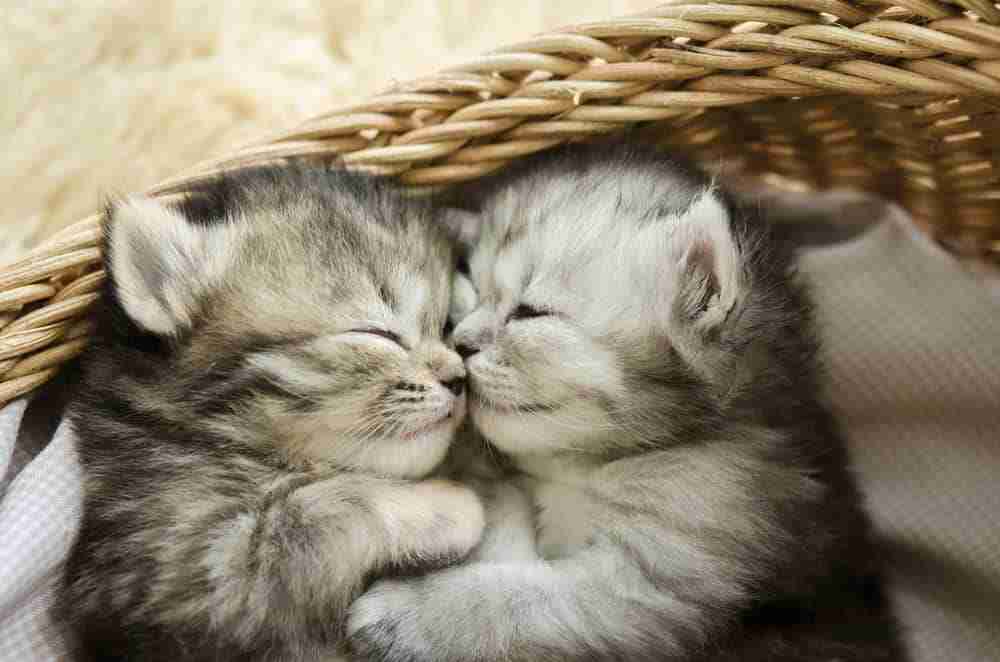Is your cat a bit different? Do you think they are smaller than normal or have a more sparky personality than normal – a bit of a fighter? Maybe you suspect your cat is a runt of the litter cat? How to tell if your cat is a runt?
If they are the runt of the litter kitten are there any implications on lifespan or general health? We will check out these questions and bring you the answers. Read on to find out if your bundle of joy is a runt cat.
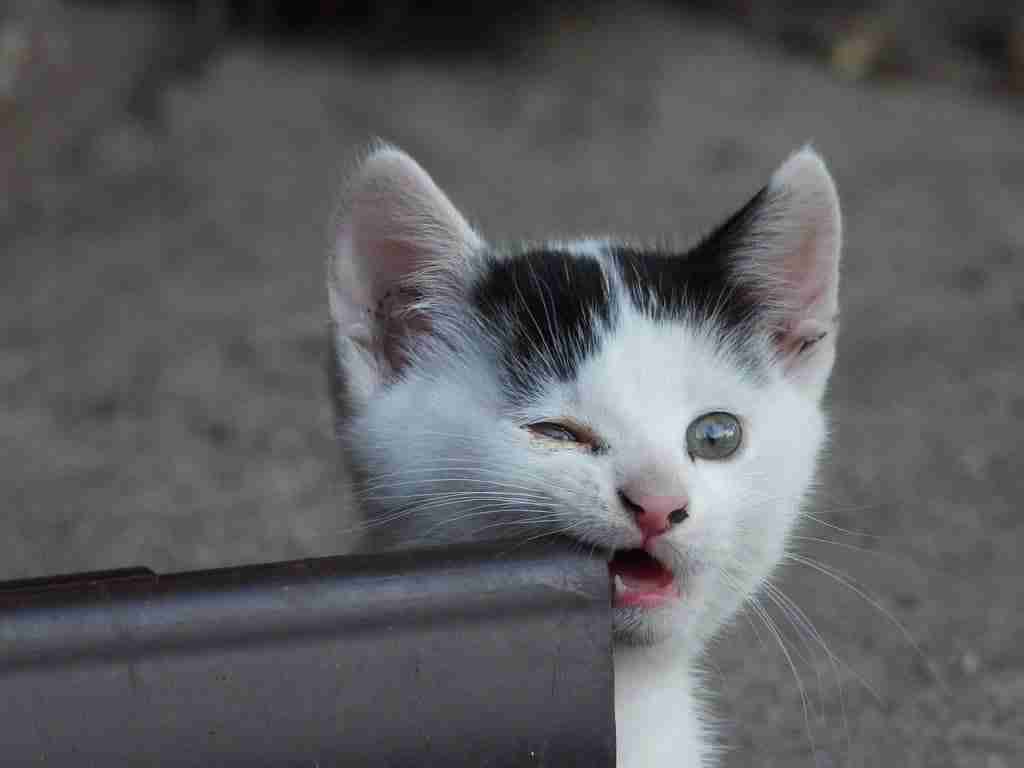
What Is A Runt Of The Litter Kitten?
Generally speaking, the runt is the smallest kitten in a litter. But they are not just slightly smaller, they are usually at least twenty-five percent smaller than their birth siblings.
Some litters can have kittens that are just a bit smaller than others but unless they are markedly, profoundly smaller they are just small cats, not runts.
Most vets believe this huge size difference between runts and normal kittens is due to the position the embryo takes up in the mother’s womb and the nutrients it is able to secure at that spot.
Some areas of the womb provide fewer nutrients leading to lower growth and development rates in the womb. It is thought embryos that position to the edges of the womb rather than centrally toward the cervix may get fewer nutrients during development.
Apart from obvious size differences, runts may be physically weaker than their siblings at birth and have trouble suckling compared to other kittens as they have not reached the appropriate level of development compared to littermates.
The runt is also most likely to have birth defects compared to other littermates.
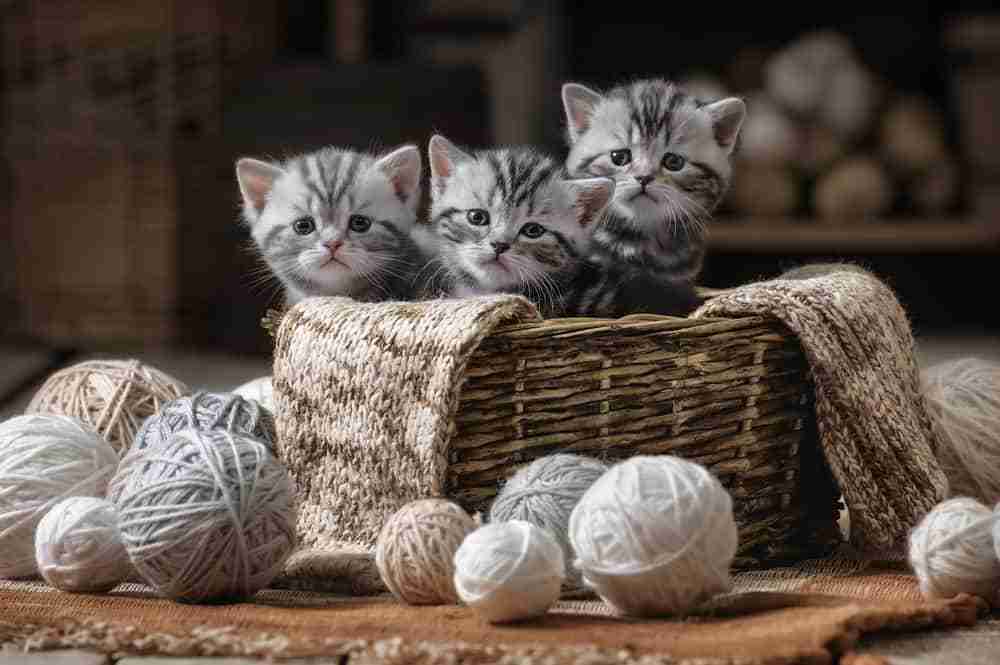
Does Every Litter Have A Runt?
Not necessarily. Many litters have kittens with very similar development rates at birth and similar size.
It is all down to positioning in the womb and nutrient delivery during development in the womb.
If the litter all occupy good positions in the womb during pregnancy then they may all be born with the same level of development and body weight.
When a litter does have a runt, there is only one runt. It is unheard of for a litter to have multiple runts.
Usually, the more kittens in the litter, the smaller each kitten is at birth – but this does not mean you have a whole litter of runts, just a big litter of small kittens!
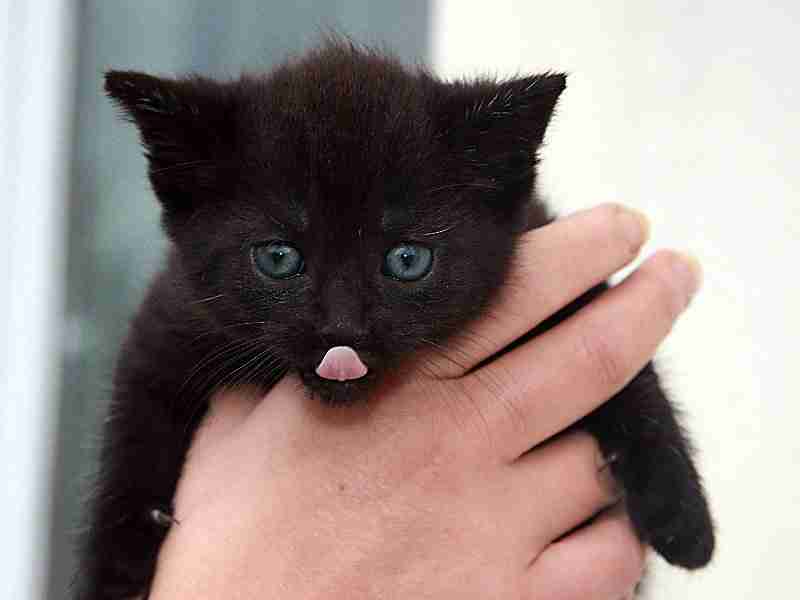
What Is The Life Expectancy Of A Runt Cat?
For a runt, the initial few days are the most dangerous as they don’t have the development to compete with littermates for resources provided by the queen cat.
Sometimes the mother may reject the runt as they foresee slim survival odds for such a disadvantaged kitten and withhold resources in favor of the other kittens.
Sometimes getting through the first few days may require human intervention in the form of bottle feeding to get them over the critical phase. This is especially true if they have been rejected by the mother.
Even if they haven’t been rejected, hand rearing may be appropriate to ensure they pull through if they are struggling with littermates.
If they do get through the first few days and get enough resources to survive and strengthen, the odds are good that they will develop to be a normal cat living a full life of similar duration to any other normal cat.
So if you suspect your cat was the runt, fear not, having reached beyond the weaning stage they are likely to live as long as any other cat!

Any Development Issues Or Health Problems?
Being a runt does not automatically mean these kittens are born with a long-term handicap, development issues, or birth defects.
It often just means their development is a few days behind that of their siblings.
Having slower development in the womb can mean lungs and limbs are initially weaker than littermates but beyond the initial period, they can often develop as fast and as strongly as normal kittens who are not runts.
Fading kitten syndrome is basically where a kitten suddenly falls ill and dies, usually in the first five weeks of life. Due to their lack of initial development, runt kittens can often suffer from fading kitten syndrome.

However, all kittens are at risk of fading kitten syndrome due to their inherent vulnerabilities to hypothermia, hypoglycemia, dehydration, and infection at these early life stages.
Additionally, some runts, having received less advantageous development in the womb may end up with minor birth defects like extra toes or fewer pads on paws.
These birth defects can occur with any kitten but seem to be especially prevalent in runt kittens. Serious birth defects detected by the mother cat that brings the viability of the kitten into question may result in the runt kitten being eaten!
Although many runts often catch up with littermates in terms of development and size after a precarious start to life, some runts may never catch up in terms of size with same-age siblings. But this is not a general characteristic of runts, just an occasional situation.
Special Personality?
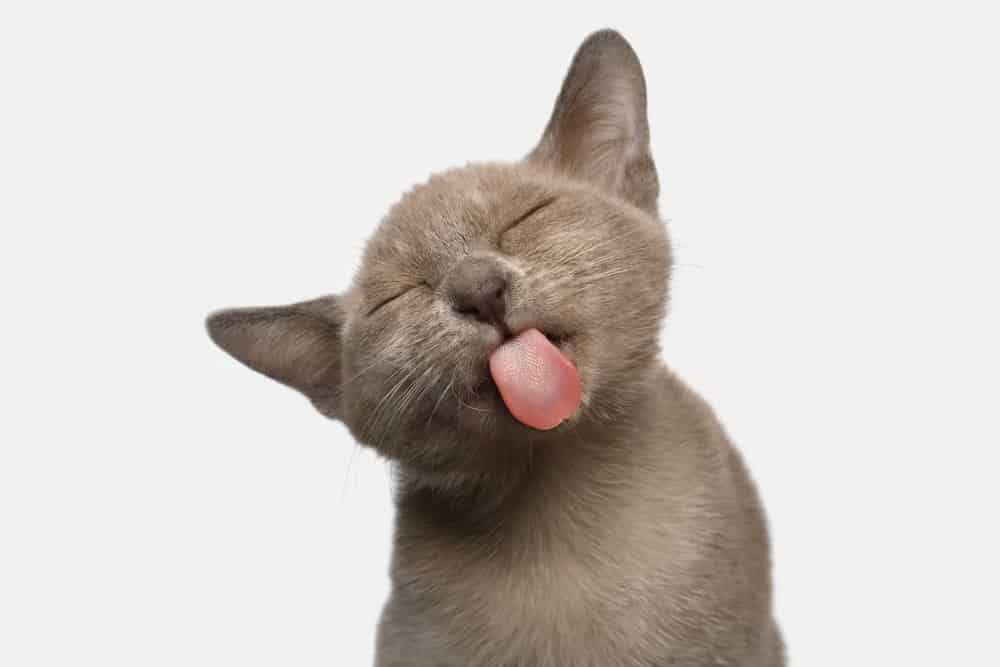
Some people believe runt cats have a special personality compared to other littermates. The truth is that personality can be dictated by many influences.
It may be that some runts need hand-rearing in the first few days. Both kitten and human can bond very strongly at this stage and the runt can become the apple of the eye to the cat guardian who has reared them.
In this situation, the guardian may end up believing their runt kitten has a special personality purely down to the bond that has developed between them.
The runt kitten may promote this belief by seeking and giving more attention to their bonded owners as the runt considers them to be the mother in their life.
Often when runts are up for adoption, they are quickly adopted because of their small size and slightly less developed proportions that make them look like cuter kittens than other young cats.
This slightly cuter look might generate stronger initial bonds with the owners as humans become very attached early on to the wide, round-eyed baby look.
Whether runts that survive the initial few days end up having a more determined personality or a personality shaped by the experience is hard to tell as every cat often has its own personality.
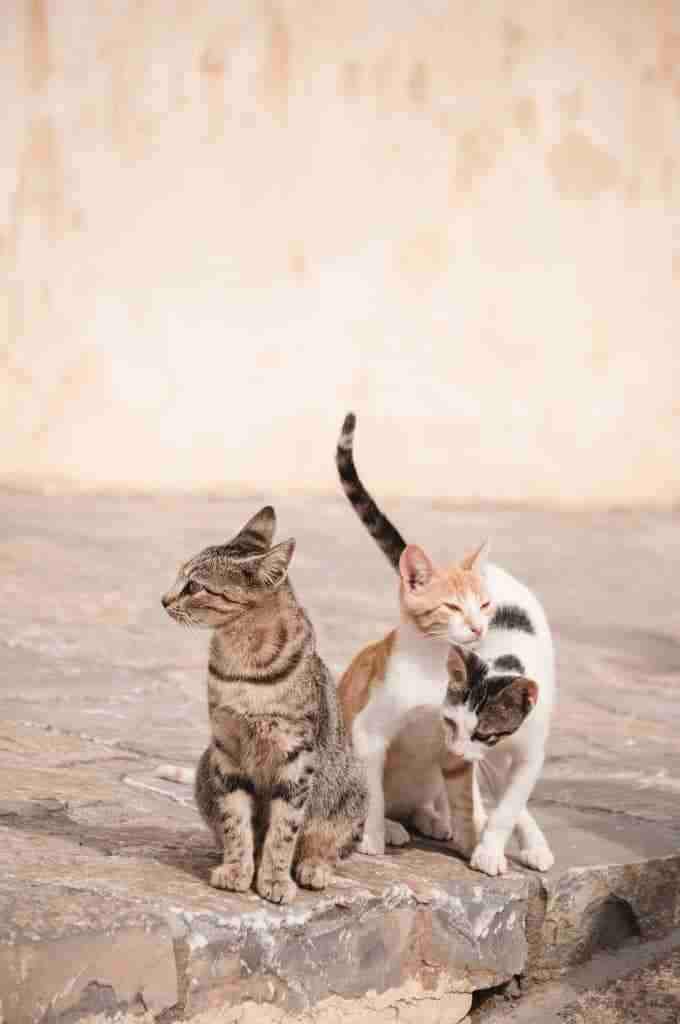
How To Tell If Your Cat Is A Runt Of The Litter?
If you didn’t see the litter your cat came from how might you know if they are the runt?
Size compared to other similar age cats is your first likely clue and any minor deformities are your only other clue.
As we have seen, some runts develop just like normal just having had a slightly slower start in life. So even if your cat appears normal, they may have been the runt at birth.
The truth is, unless you saw their litter early on, you may never know…
